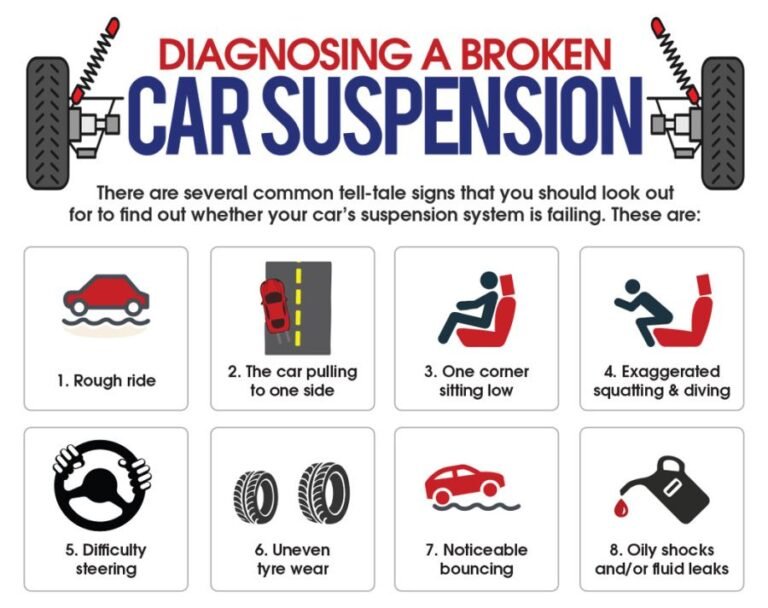How to Prepare a Car for Winter? Essential Tips Unveiled
How to Prepare a Car for Winter: Essential Tips for Cold Weather Driving
When the winter season sets in, it’s crucial to ensure that your car is properly prepared to handle the cold weather conditions. From checking the antifreeze levels to inspecting the tires and ensuring the battery is in top condition, there are several essential steps that every car owner should take to prepare their vehicle for winter.
Check Your Owner’s Manual:
The first step to preparing your car for winter is to refer to the owner’s manual for specific manufacturer recommendations. The manual often contains valuable information regarding the maintenance and care of your vehicle, including guidelines for preparing it for cold weather conditions.
Carry Tire Chains:
If you live in an area prone to heavy snowfall and icy roads, it’s advisable to carry tire chains in your car. Tire chains provide added traction and can be essential for navigating through snow-covered or slippery roads.
Check Antifreeze/Coolant Levels:
Ensuring that your vehicle’s antifreeze/coolant levels are adequate is crucial for preventing the engine from freezing in cold temperatures. It’s important to check the concentration of the antifreeze and top it up if necessary to ensure optimal protection for your engine.
Pack a Winter Safety Kit:
Putting together a winter safety kit for your car is essential. This kit should include items such as a flashlight, blankets, a first-aid kit, non-perishable food, water, a snow shovel, and a portable phone charger. These items can be invaluable in the event of an emergency or if you get stranded in cold weather.
Check the Battery and Cables:
Cold weather can put additional strain on your car’s battery. Before winter sets in, it’s advisable to have the battery and its cables inspected to ensure they are in good condition. Weak or worn-out batteries can struggle in cold temperatures, so it’s important to address any issues before they become a problem.
Inspect the Brake System:
Having the brake system thoroughly inspected before winter is essential for ensuring your safety on the road. This includes checking the brake pads, rotors, and brake fluid to ensure that everything is in optimal working condition.
Check Interior and Exterior Lights:
Ensuring that all the lights on your car are in working order is crucial for visibility during the dark winter months. Check the headlights, taillights, brake lights, and turn signals to ensure they are all functioning properly.
Wax and Ceramic Coating:
Applying a layer of wax to your car’s exterior can provide added protection against the elements during winter. Wax helps to repel water and prevent the buildup of snow and ice on the car’s surface. Additionally, consider applying a ceramic coating for enhanced protection and durability.
Use a Good Car Shampoo:
Regularly washing your car with a good car shampoo can help protect the paint and finish from the harsh winter elements. It’s important to keep your car clean to prevent the buildup of road salt, which can cause corrosion and damage to the paint.
Invest in Winter Tires:
Winter tires are specifically designed to provide better traction and handling in snow and ice. If you live in an area with extreme winter conditions, investing in a set of winter tires can significantly improve your car’s performance and safety during the colder months.
Avoid Parking Outdoors:
Whenever possible, try to park your car in a garage or covered area to protect it from the harsh winter weather. Parking outdoors exposes your car to snow, ice, and freezing temperatures, which can take a toll on its exterior and mechanical components.
Use a Car Cover:
If indoor parking is not an option, consider using a car cover to protect your vehicle from the elements. A car cover can help shield your car from snow, ice, and debris, preserving its exterior and preventing damage from the winter weather.
Winterize Your Car’s Interior:
In addition to preparing the exterior of your car for winter, it’s important to winterize the interior as well. This includes installing rubber floor mats to protect the carpeting, using seat covers to prevent wear and tear, and ensuring that the heating system is in good working condition.
Replace Windshield Wiper Fluid:
Replacing the windshield wiper fluid with a winter-suitable mixture is essential for maintaining clear visibility in cold weather. Winter windshield wiper fluid contains additives that prevent freezing, ensuring that your windshield remains clean and clear.
Inspect Tire Tread and Pressure:
Checking the tread depth and air pressure of your tires is crucial for safe winter driving. Worn-out tires with inadequate tread can be hazardous on slippery roads, so ensure that your tires are in good condition and properly inflated.
Change Oil and Antifreeze:
Having the oil and antifreeze levels checked and changed if necessary is important for maintaining the proper functioning of your car’s engine in cold temperatures. Clean oil and the right antifreeze concentration are essential for winter driving.
Ensure Heater Functionality:
Before the onset of winter, it’s important to ensure that your car’s heater is working effectively. A functional heater is essential for keeping you warm and comfortable during cold drives, so have it inspected and repaired if necessary.
Inspect the Battery:
Cold weather can significantly affect the performance of your car’s battery. It’s crucial to have the battery tested and inspected to ensure that it’s in good condition and capable of handling the extra demands of winter driving.
Use Ice Scraper for Windshield:
When removing ice from your windshield, it’s important to use an ice scraper instead of relying on the wipers. Using wipers to clear ice can cause damage, so always use an ice scraper to safely remove ice and snow from your car’s windshield.
Spray Rubber Seals with Cooking Spray:
To prevent the rubber seals on your car doors from freezing, you can spray them with ordinary cooking spray. This helps to keep the seals pliable and prevents them from sticking or freezing shut in cold weather.
Conclusion:
Preparing your car for winter is essential for ensuring your safety and the optimal performance of your vehicle during the cold and often challenging driving conditions. By following these essential tips and taking proactive measures to winterize your car, you can enjoy peace of mind knowing that your vehicle is ready to handle whatever the winter weather may bring. Remember to stay proactive, stay safe, and enjoy the winter season with confidence in your well-prepared vehicle.
### References:
– [www.bar.ca.gov](https://www.bar.ca.gov)
– [www.feynlab.com](https://www.feynlab.com)
– [www.cnn.com](https://www.cnn.com)
– [www.popularmechanics.com](https://www.popularmechanics.com)
– [www.constellation.com](https://www.constellation.com)
– [www.bridgestonetire.com](https://www.bridgestonetire.com)
– [www.familyhandyman.com](https://www.familyhandyman.com)
– [www.nhtsa.gov](https://www.nhtsa.gov)
– [www.allstate.com](https://www.allstate.com)
– [www.pellmansauto.com](https://www.pellmansauto.com)
– [www.fmins.com](https://www.fmins.com)





